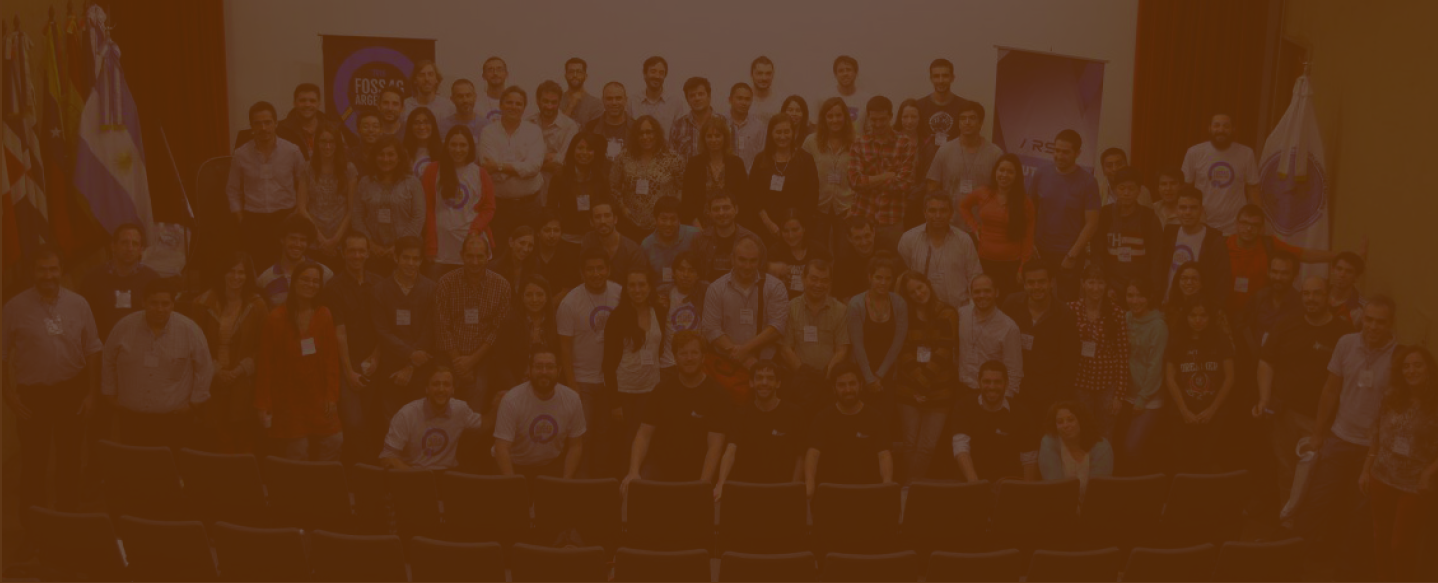2021-09-29, 14:00–14:30, Aconcagua
Pedestrians have been neglected. We’ve seen monumental progress in digital maps, but much of this has been road centric. Even open source projects like OpenStreetMap have revolved more heavily around road networks than the parts of a city a pedestrian would frequent. In this presentation we download data from OpenStreetMap that relates to pedestrians to see how much it differs from the reality on the ground. We contrast different types of cities, seek to understand why pedestrian data is lacking, and look at solutions such as Mapillary that can help make OpenStreetMap more pedestrian friendly.
The evolution of digital maps of the last 20 years has been nothing short of incredible. The experience for the end consumer has continued to improve, with better map data, more intuitive interfaces, and greater portability. A lot of the developments have focused on in-car navigation, with Google Maps, Apple Maps, HERE Maps, and TomTom dedicating significant resources to the space. OpenStreetMap is an open source mapping project, and even here vehicle based navigation has dominated.
In this presentation we’ll explore the state of pedestrian data in OpenStreetMap, how it differs between cities, why it’s important to think about, and how we might collectively improve the quality of pedestrian data.
To begin with, we’ll take a look at data downloaded with Overpass Turbo. The data represents nodes, ways, and areas with pedestrian relevant tags such as highway=footway and sidewalk=both. Our analysis focused on five cities with differing characteristics:
- Folsom, USA
- Heidelberg, Germany
- Melbourne, Australia
- Stone Town, Tanzania
- Yesan, South Korea
These cities differ in population, cultural characteristics, urban planning, history, and topography. We’ll explore what kind of OpenStreetMap tags have been used in each city, how close this matches the state of pedestrian infrastructure, and how the cities compare to one another.
We’ll then look at some reasons why pedestrian data has been neglected including the limitations of satellite imagery, commercial incentives, and data collection methods. In the final part of the presentation we’ll propose and hopefully discuss some of the tools that could help including Mapillary, StreetComplete, GoMap!!, and Vespucci.
Edoardo Neerhut - Mapillary -> Facebook
Track –Use cases & applications
Topic –FOSS4G implementations in strategic application domains: land management, crisis/disaster response, smart cities, population mapping, climate change, ocean and marine monitoring, etc.
Level –1 - Principiants. No required specific knowledge is needed.
Language of the Presentation –English
I first got involved in open source geospatial when I joined Mapillary in 2015, but have loved maps long before that. As a Program Manager, I support groups and individuals utilising street-level imagery to solve geospatial problems.
I volunteer as Chair of OSGeo Oceania and contribute regularly to OpenStreetMap.

